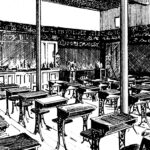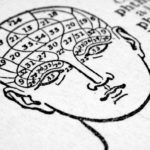
In Defense of Boring and Other Supposed Teaching Taboos
PNC Bank recently rolled out a national ad campaign touting the virtues of boring money management. Rather than chasing after high-risk cryptocurrencies or the latest

PNC Bank recently rolled out a national ad campaign touting the virtues of boring money management. Rather than chasing after high-risk cryptocurrencies or the latest

I’m a historian, and I do a fair amount of pedagogical research. But one thing I’m not is a historian of college-level teaching, which

With all the unrest and violence that has rocked our country over the past few years, this fall you might be giving added attention to

There’s no shortage of materials pertaining to student engagement in higher ed. I’ve attended teaching conferences where anywhere between one-third and one-half of the sessions

I recently had the great pleasure of reading Bill Bryson’s new book, The Body: A Guide for Occupants. It’s classic Bryson: a fascinating, well-told, hilarious

Call me crazy, but undergraduate courses should be qualitatively different from their high school antecedents. One key change? At the college level, students should be

A recent issue of Outside magazine recounts Charles Bethea’s attempt to run a sub-five-minute mile. At age 35 and fit, though not an elite athlete,

Magna Publications © 2024 All rights reserved